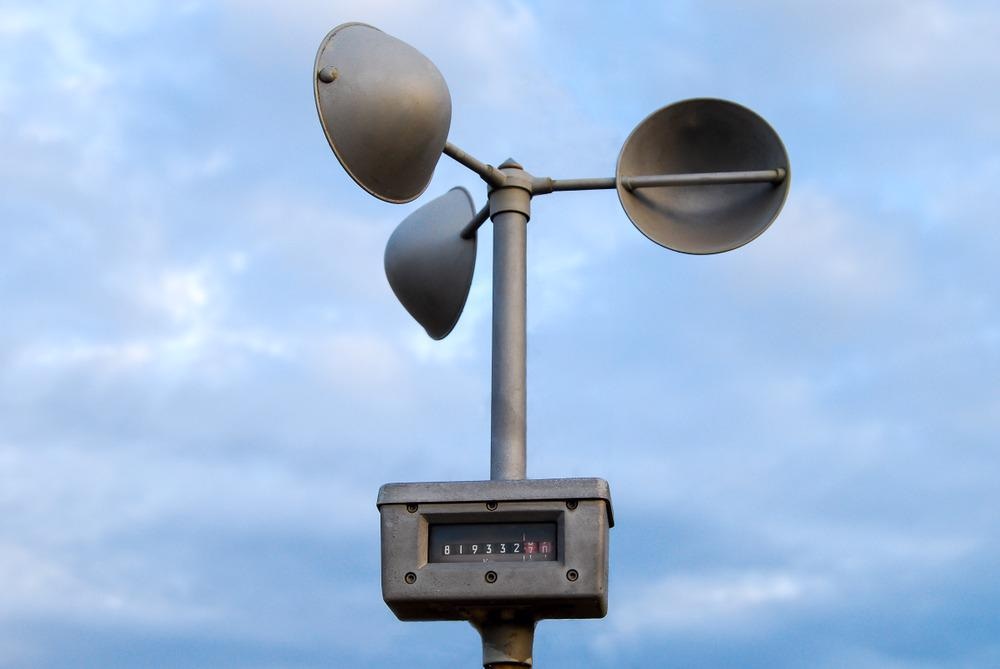All You Need to Learn About Anemometers: Exactly How They Function, Why They Matter, and Where to Use Them
Anemometers, though often overlooked in the world of clinical instruments, play a critical function in numerous fields, providing valuable insights into wind rate and air flow patterns. Recognizing the mechanics behind these devices is crucial for any individual looking for to harness the power of this information. From meteorologists tracking weather patterns to engineers developing frameworks with wind loads in mind, the applications of anemometers are far-ranging and varied. As we delve into the intricacies of anemometer technology, we will reveal the inner workings of these gadgets, their value, and the vital considerations when picking the appropriate anemometer for details applications.

Anemometer Essentials
A crucial instrument used to gauge wind speed and direction, the anemometer plays an essential duty in weather forecasting and numerous markets. An anemometer normally includes 3 or four mugs that turn in the wind, a vane that points right into the wind, and sensing units to track the activities or rotations. By calculating the turnings or motions over a certain period, the anemometer can establish wind rate. The vane helps establish wind instructions by pointing right into the wind, providing beneficial data for weather projecting, aviation, maritime operations, ecological tracking, and wind power applications.
There are numerous types of anemometers readily available, including cup anemometers, vane anemometers, hot-wire anemometers, and sonic anemometers, each with its one-of-a-kind features and applications. Mug anemometers are generally utilized for fundamental wind rate measurements, while vane anemometers are liked for directional measurements. Hot-wire anemometers are appropriate for reduced airspeeds, and sonic anemometers are perfect for high-precision dimensions in study and industrial settings. Comprehending the essentials of anemometers is important for precise wind information collection and evaluation across different industries.
Principles of Anemometer Operation
Structure on the fundamental understanding of anemometer basics, the concepts of anemometer operation illuminate the mechanics behind wind rate and instructions measurements. Mug anemometers, for instance, have 3 or more mugs that catch the wind, causing them to rotate faster as the wind speed boosts. Hot-wire anemometers count on a heated cable that cools down as wind passes over it, with the rate of cooling down identifying the wind rate.
Relevance of Anemometers
Anemometers play an important function in determining wind speed and direction, providing essential data for weather projecting, environment studies, ecological tracking, and air travel operations. Meteorologists depend on anemometers to collect exact wind information, assisting them understand weather patterns, forecast tornados, and problem timely cautions to the public. Wind ranch operators use anemometers to analyze wind problems and optimize electrical energy production from wind turbines.
Applications Throughout Different Industries
Applications of anemometers cover across varied industries, showcasing their adaptability and utility past meteorology. In the eco-friendly energy field, anemometers play a vital function in examining wind conditions for wind ranch placements, ensuring ideal power manufacturing. Industries like building and mining utilize anemometers to keep an eye on wind speeds, critical for security methods, especially when functioning at heights or in open-pit mines where strong winds can posture risks. Anemometers are likewise integral in the air travel sector, aiding pilots in comprehending airspeed and wind instructions for secure take-offs and landings. The maritime market gain from anemometers for ship navigation, assisting seafarers prepare for climate adjustments and adjust paths appropriately. In farming, anemometers aid farmers in managing crop splashing by giving real-time information on wind speed to avoid drift. Anemometers find applications in Heating and cooling systems to enhance air movement and boost power performance in structures. The varied usage instances of anemometers underscore their importance across various industries, highlighting their important function in improving operational security and effectiveness (anemometer).

Selecting the Right Anemometer for Your Needs
For basic functions, a cup anemometer is appropriate for measuring wind speed, while a vane anemometer provides wind instructions information. Hot-wire anemometers are optimal for low airspeed measurements, and ultrasonic anemometers provide high precision and longevity.

Final Thought
In conclusion, anemometers play an essential duty in determining wind speed and instructions across various markets. Comprehending the go right here concepts of anemometer operation is important for picking the appropriate gadget for specific needs. From weather forecasting to air travel, anemometers are vital devices for ensuring and gathering accurate data safety and security in different applications. It is important to think about the significance of anemometers in order to make enlightened decisions when selecting one of the most appropriate tool for measuring wind problems.
There are various types of anemometers offered, consisting of mug anemometers, vane anemometers, hot-wire anemometers, and sonic anemometers, each with its unique functions and applications. Cup anemometers are generally made use of for basic wind speed measurements, while vane anemometers are liked for directional dimensions. Hot-wire anemometers are appropriate for reduced airspeeds, and sonic anemometers are ideal for high-precision measurements in check here research and industrial settings.Building on the foundational understanding of anemometer basics, the principles of anemometer operation elucidate the discover this mechanics behind wind speed and direction measurements. For general objectives, a cup anemometer is appropriate for determining wind speed, while a vane anemometer gives wind instructions data.